
Kód: 14262601
Aluminum Neurotoxicity
Autor Jelenkovi#263; Ankica
Aluminum is the third most abundant element in the Earths crust. In many of the previous experimental, epidemiological, pathohistological, biochemical and other research studies, aluminum, accumulated from the environment has been ... celý popis
- Jazyk:
 Angličtina
Angličtina - Vazba: Pevná
- Počet stran: 182
Nakladatelství: Nova Science Publishers Inc, 2016
- Více informací o knize

6484 Kč
Dostupnost:
50 % šance Máme informaci, že by titul mohl být dostupný. Na základě vaší objednávky se ho pokusíme do 6 týdnů zajistit.
Máme informaci, že by titul mohl být dostupný. Na základě vaší objednávky se ho pokusíme do 6 týdnů zajistit.Prohledáme celý svět
Mohlo by se vám také líbit
Dárkový poukaz: Radost zaručena
- Darujte poukaz v libovolné hodnotě a my se postaráme o zbytek.
- Poukaz se vztahuje na celou naši nabídku.
- Elektronický poukaz vytisknete z e-mailu a můžete ihned darovat.
- Platnost poukazu je 12 měsíců od data vystavení.
Informovat o naskladnění knihy
Zadejte do formuláře e-mailovou adresu a jakmile knihu naskladníme, zašleme vám o tom zprávu. Pohlídáme vše za vás.
Více informací o knize Aluminum Neurotoxicity
Nákupem získáte 648 bodů
 Anotace knihy
Anotace knihy
Aluminum is the third most abundant element in the Earths crust. In many of the previous experimental, epidemiological, pathohistological, biochemical and other research studies, aluminum, accumulated from the environment has been recognized as a very harmful substance to the human body. Aluminum intake usually happens unintentionally due to the fact that people know little about its prevalence in water, factory-processed foods, medicines, cosmetics, etc. When accumulated in human organs, it can cause severe damage, and even lead to chronic neurodegenerative diseases. Both oxidative and nitrosative stress can be the leading cause or contribute to its toxic effects in humans and animals. All of this is supported by the fact that mitochondrial dysfunction is the earliest stage of aluminum neurotoxicity. When oxidative damage occurs under the effects of free radicals, together with the decreased antioxidant protection due to the decreased production of the chemical energy molecule (adenosine triphosphate) as well as reducing equivalents (both in and out of mitochondria) then the conditions for the occurrence of a vicious circle in aluminum neurotoxicity are created. Aluminum also significantly interferes with the main steps of the synaptic neurotransmission, which may lead to the progression of neuropathies. The glutamate-glutamine pathway and numerous neurotransmitter transporters are affected as well. Oxidative stress and the disruption of neurotransmission do not only exist when adult individuals are exposed to this neurotoxin, but also in individuals prenatally exposed to it as well, and these are expressed after birth. Numerous research studies, both in animals and humans, ex vivo and in vitro, quite clearly showed that aluminum can be associated with chronic neurodegenerative diseases. Additionally, there is a positive correlation between the exposure to aluminum and the pathophysiology of Alzheimers, Parkinsons, Huntingtons disease, amyotrophic lateral sclerosis, and so on. One of the possible mechanisms for the generation/development of these diseases could be the disturbed homeostasis of essential metals and the appearance of unfolded or misfolded proteins that are mostly specific for a particular disease. In those research studies, the influence of aluminum on the generation of beta-amyloid, alpha synuclein, etc. was satisfactorily examined. It is very difficult, however, to suppress aluminum neurotoxicity, as well as development and progression of the diseases caused by or associated with aluminum. This is the result of some complex mechanisms through which aluminum causes its deleterious effects, and which are also responsible for the existence of multiple targets for aluminum. It is, therefore, necessary to know how these mechanisms induce the damage, in order to be able to prevent or treat the damage once it occurs. A large number of substances, including active components in traditional medicine, medical drugs and substances which are used only experimentally, have been examined so far. The results of studies conducted so far are inconclusive and they require further research. According to all the aforementioned findings, it may be concluded that well-planned, prospective and randomized clinical trials are necessary in order to use any of these substances in humans.
 Parametry knihy
Parametry knihy
Zařazení knihy Knihy v angličtině Medicine Clinical & internal medicine Neurology & clinical neurophysiology
6484 Kč
- Plný název: Aluminum Neurotoxicity
- Podnázev: From Subtle Molecular Lesions to Neurological Diseases
- Autor: Jelenkovi#263; Ankica
- Jazyk:
 Angličtina
Angličtina - Vazba: Pevná
- Počet stran: 182
- EAN: 9781634847391
- ISBN: 1634847393
- ID: 14262601
- Nakladatelství: Nova Science Publishers Inc
- Hmotnost: 494 g
- Rozměry: 184 × 260 × 15 mm
- Datum vydání: 01. April 2016
Oblíbené z jiného soudku
-
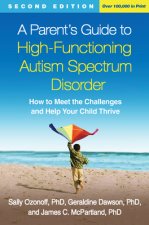
Parent's Guide to High-Functioning Autism Spectrum Disorder
517 Kč -

Early Intervention Games - Fun, Joyful Ways to Develop Social and Motor Skills in Children with Autism Spectrum or Sensory Processing Disorders
337 Kč -
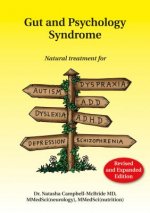
Gut and Psychology Syndrome
596 Kč -
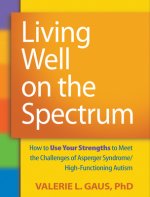
Living Well on the Spectrum
638 Kč -
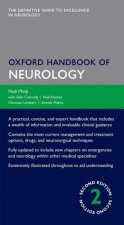
Oxford Handbook of Neurology
1225 Kč -

Early Start for Your Child with Autism
456 Kč -
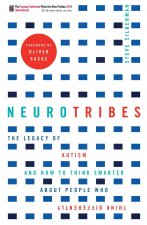
NeuroTribes
464 Kč -

1001 Great Ideas for Teaching and Raising Children with Autism or Asperger's
591 Kč -
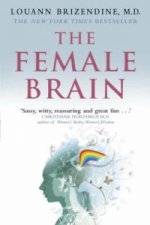
Female Brain
303 Kč -

Stop Autism Now!
538 Kč -

The Reason I Jump
276 Kč -
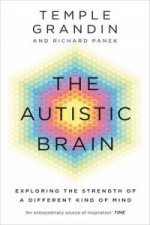
Autistic Brain
462 Kč -

101 Games and Activities for Children With Autism, Asperger's and Sensory Processing Disorders
382 Kč -
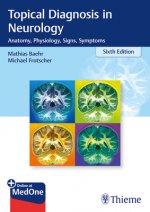
Topical Diagnosis in Neurology
1434 Kč -

Marriage and Lasting Relationships with Asperger's Syndrome (Autism Spectrum Disorder)
511 Kč -
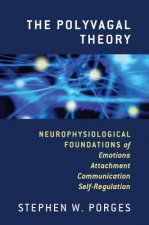
Polyvagal Theory
1188 Kč -
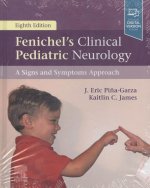
Fenichel's Clinical Pediatric Neurology
3373 Kč -
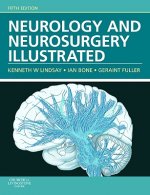
Neurology and Neurosurgery Illustrated
1791 Kč -
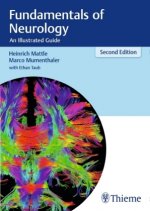
Fundamentals of Neurology
1848 Kč -

Odd Girl Out
303 Kč -
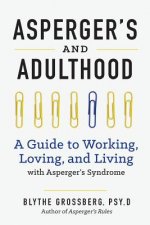
Aspergers and Adulthood
345 Kč -

Autism
1365 Kč -
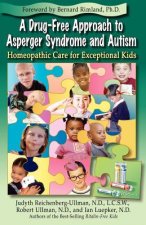
Drug-Free Approach to Asperger Syndrome and Autism
546 Kč -

Alzheimers Prevention Program
384 Kč -
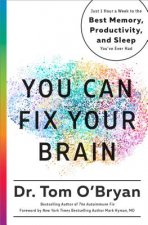
You Can Fix Your Brain
553 Kč -
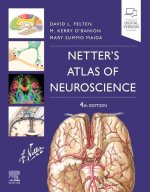
Netter's Atlas of Neuroscience
1984 Kč -

Aspergirls
426 Kč -

Neurology Pocketcard Set
188 Kč -

Women and Girls with Autism Spectrum Disorder
649 Kč -

Complete Guide to Asperger's Syndrome
607 Kč -

22 Things a Woman with Asperger's Syndrome Wants Her Partner to Know
382 Kč -

22 Things a Woman Must Know If She Loves a Man with Asperger's Syndrome
389 Kč -

PEERS (R) for Young Adults
1763 Kč -

Bobath Concept in Adult Neurology
1970 Kč -
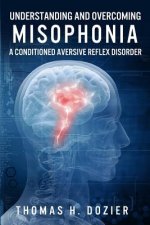
Understanding and Overcoming Misophonia
349 Kč -
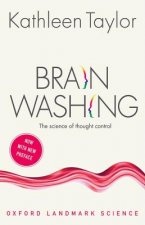
Brainwashing
326 Kč -

Food Refusal and Avoidant Eating in Children, including those with Autism Spectrum Conditions
633 Kč -

Neuropsychological Assessment
6166 Kč -
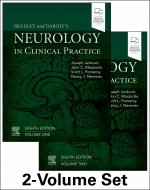
Bradley and Daroff's Neurology in Clinical Practice, 2-Volume Set
12966 Kč -

Been There. Done That. Try This!
493 Kč -

Polyvagal Theory in Therapy / Clinical Applications of the Polyvagal Theory Two-Book Set
1682 Kč -

Neurofitness
839 Kč -
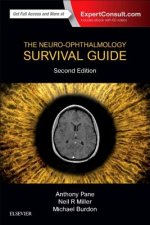
Neuro-Ophthalmology Survival Guide
2190 Kč -

Look Me in the Eye
410 Kč -

Every Word is a Bird We Teach to Sing
316 Kč -
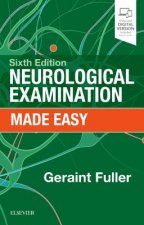
Neurological Examination Made Easy
634 Kč -

Neuroarchitecture
962 Kč -

K-Taping
2398 Kč -

In a Different Key
464 Kč
Osobní odběr Praha, Brno a 12903 dalších
Copyright ©2008-24 nejlevnejsi-knihy.cz Všechna práva vyhrazenaSoukromíCookies



 Vrácení do měsíce
Vrácení do měsíce 571 999 099 (8-15.30h)
571 999 099 (8-15.30h)